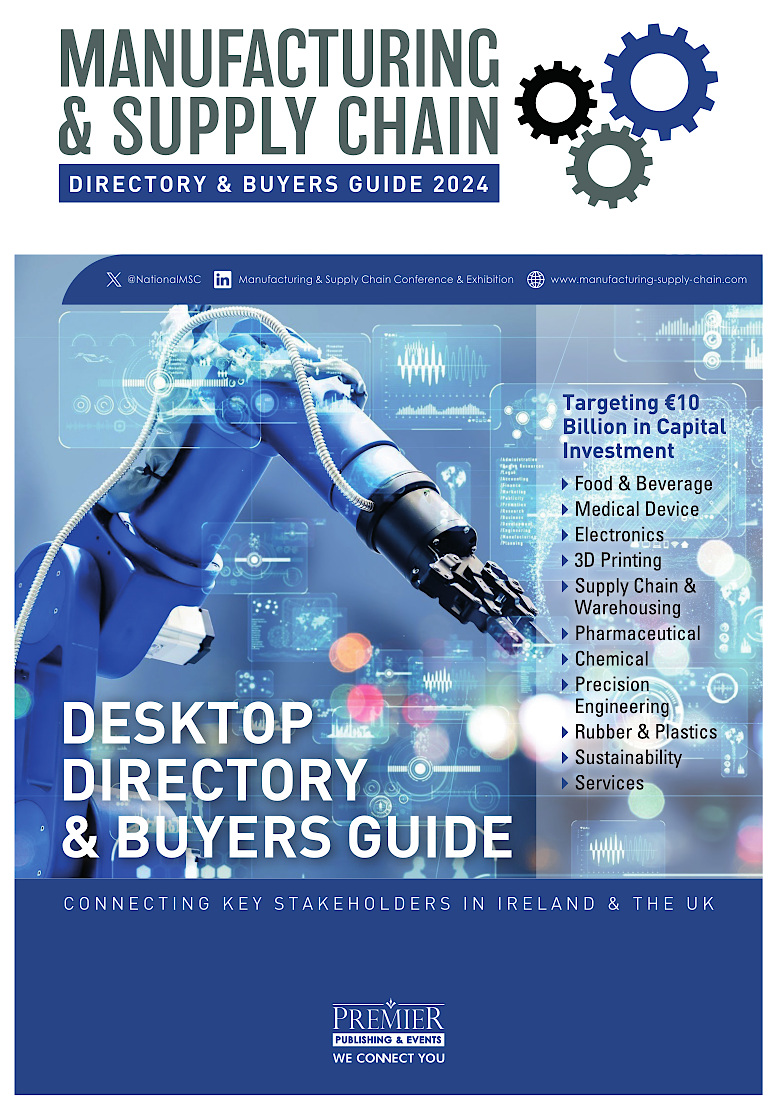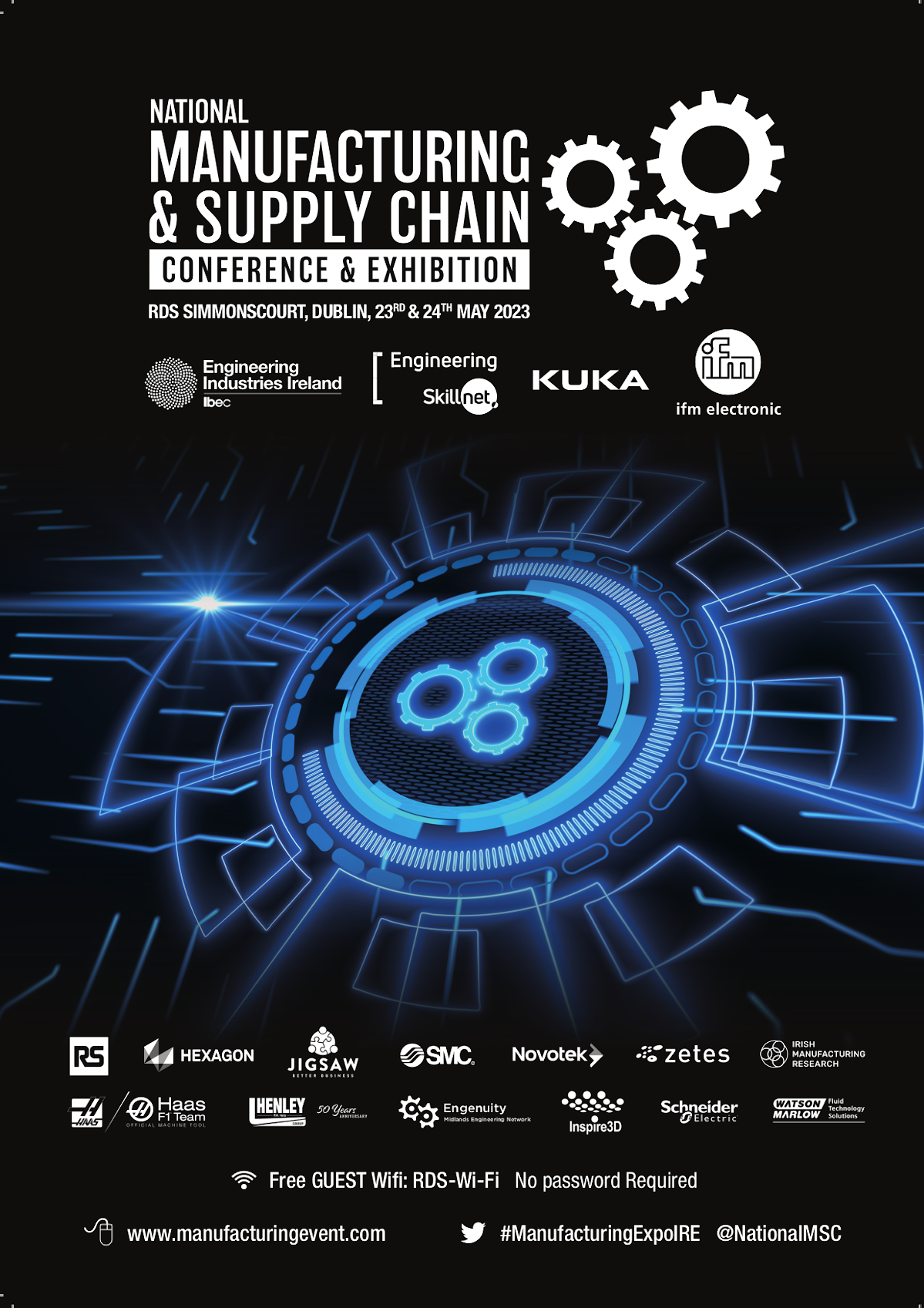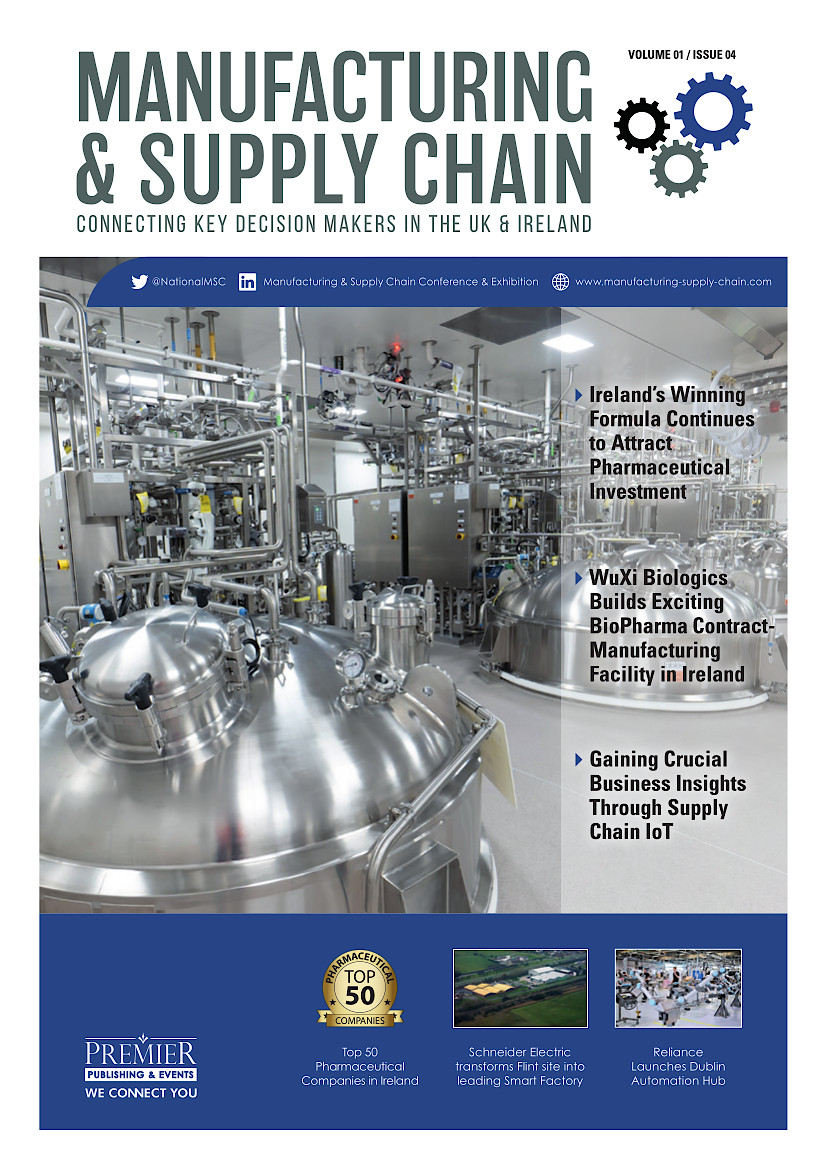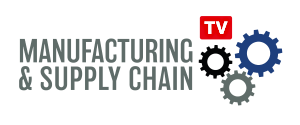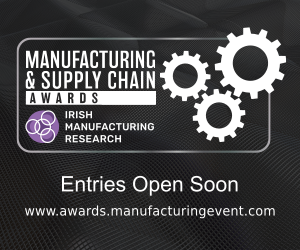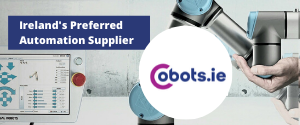Lean, Mean and Green – More Than a Survival Strategy For the 21st Century
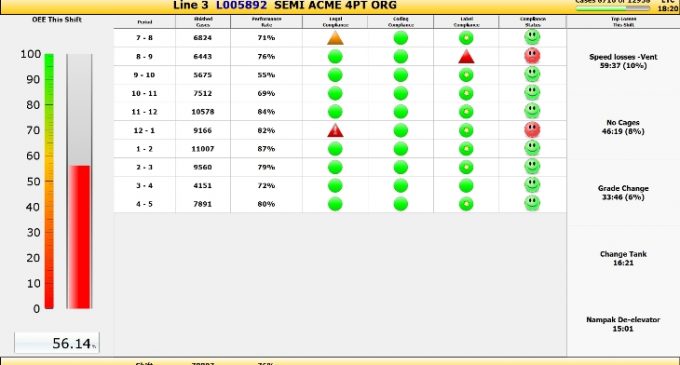
By Roy Green of Harford Control
By all accounts there will be 9 billion mouths to feed across the globe by the year 2050. With predictions like this you could easily believe that Food Manufacturing is a great place to be.
Increased Operating Costs Without Increased Selling Prices
Today’s food and drink manufacturers, however, often tell a different story. Where a decade or two ago they had limited product ranges with long production runs and they could put up prices when materials and labour costs increased, most now have huge numbers of SKUs, resulting in frequent product/label changes, short batch runs and special offers. They still suffer materials and labour price rises but with little opportunity to increase prices to their supermarket customers. Those that have been bold enough to ask for price rises have, in many cases, either met with a flat refusal or typically been told: ‘Show us what you have done to improve efficiency, then we’ll consider it’.
Yet much inefficiency has been created by increased product portfolios, short batch runs and special offers brought about by the success of retailers’ marketing campaigns.
![HarfordOEE Waterfall Window[1]](http://manufacturing-supply-chain.com/wp-content/uploads/2014/05/HarfordOEE-Waterfall-Window1.jpg) As time pushes relentlessly on, it becomes more and more evident that the only hope for today’s manufacturers is to look inwardly to reduce operating costs, continuously improving their value streams, whilst limiting or eliminating non-value-added activities wherever they see them.
As time pushes relentlessly on, it becomes more and more evident that the only hope for today’s manufacturers is to look inwardly to reduce operating costs, continuously improving their value streams, whilst limiting or eliminating non-value-added activities wherever they see them.
There are more tools available today than there have ever been, to help food and drink manufacturers improve performance, yet little evidence that companies choose the best tools to help themselves. But with ever more mouths to feed, raw materials, labour and energy costs are bound to increase still further so reduced wastage and improved efficiencies across the food supply chain have become key priorities for optimisation.
Manufacturers Can Only Control Usage of Materials, Labour and Energy
What’s often overlooked in the pursuit of excellence is that manufacturers can only influence efficient usage of three things – Materials, Labour and Energy. In most cases the prices they pay for each are beyond their control. The only control managers have is in how effectively they use these costly resources. In order to use them more effectively, better information is required.
Patchwork Quilt of Data
Even where companies have moved away from the dreaded paper chase and computerised, their efforts too often fail to provide an up to date picture of performance. Some have believed that they can do all that is required through their new ERP system, failing to appreciate that these excellent financial management systems are not factory floor information systems and will not, therefore provide the root cause analysis and instant visualisation so essential to drive performance improvement.
Others have bought entry level OEE systems, with some impressive top level graphs, which often give inaccurate or next to useless information, especially when it comes to root cause analysis. Any student of lean or six sigma will be quick to tell you that you can only control/improve what you measure and if you don’t measure and accurately report upon root cause, you can’t make sustained improvements.
![HarfordSite KPI 2[1]](http://manufacturing-supply-chain.com/wp-content/uploads/2014/05/HarfordSite-KPI-21.jpg) Others again have approached cost reduction from a compliance standpoint and installed (frequently under supermarket pressure) automated label verification systems to eliminate coding and labelling errors. “Surely automated label verification is a good thing if it minimises human error?” Of course, but not if, in so doing, it adds cost to the bottom line
Others again have approached cost reduction from a compliance standpoint and installed (frequently under supermarket pressure) automated label verification systems to eliminate coding and labelling errors. “Surely automated label verification is a good thing if it minimises human error?” Of course, but not if, in so doing, it adds cost to the bottom line
A Holistic Approach to Control Creates and Sustains Lean
We have proven time and again that lean manufacturing and operational excellence are only commercially viable when based upon accurate real time information from the whole manufacturing process. Only such a holistic approach ensures that ‘one sector improvement’ doesn’t simply shift the problem/cost elsewhere.
Lean Manufacturing is only truly sustainable when control of materials, labour and energy has been effectively optimised. That takes a well thought out, integrated approach to data collection and analysis, together with the understanding, training and support to make improvements happen.

